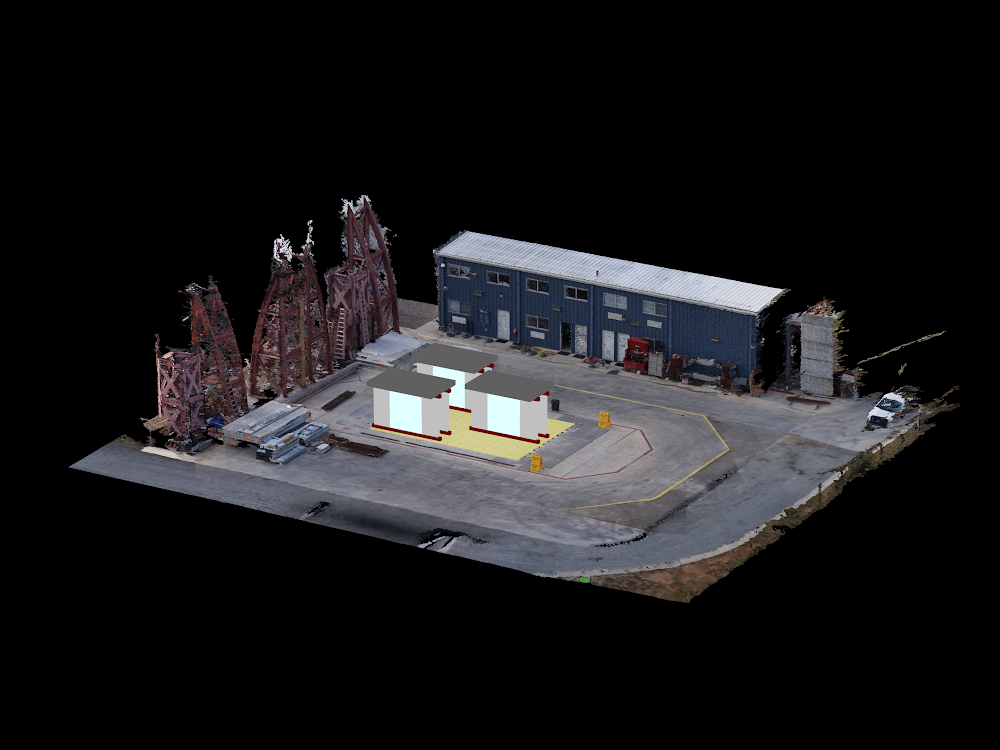The need for low cost, multi-hazard resilient buildings constructed of sustainable, low-carbon footprint materials is urgent. Mid-rise buildings framed from thin-walled, cold-formed steel (CFS) have the ability to support this urgent need. The potential benefits of CFS-framed structures include low installation and maintenance costs, high durability and ductility, lightweight framing, and use of a non-combustible material. By using framing schemes with closely-spaced vertical members repetitively placed in the walls, CFS buildings develop lateral resistance through sheet, or sheathing attached to these vertical members. The response of these building systems under earthquake loads and, in particular, the contribution of portions of the building system not specifically designated by the design engineers to resist earthquake loads are not well understood. In this project, a series of experiments and complementary numerical modeling to characterize the relationship between the designated lateral force resisting system, i.e., the shear walls, and the complete CFS building system response, including the impact of the gravity walls, finish materials, and interior partitions, during seismic events.
The seismic resistance of repetitively framed structures is unique due to the large over strength and the significant contribution of non-designated systems in the lateral response. In the first phase of this effort, a suite of experiments de-constructing the building into wall lines and separate components will be conducted to provide unique information to guide the design of the full-scale building specimen; and also help validate and advance numerical tools being utilized in the project. These experiments examine lateral load sharing between shear walls and gravity walls, the effect of location and size of opening on the lateral resistance of CFS-framed walls (shear/gravity) provided with or without an exterior finish. The experiments also compare behavior of Type I vs Type II shear walls, and hold-downs vs tension tie rod detailed systems. Multiple walls will be tested simultaneously under dynamic loading on the shake table up to strength followed by static monotonic pull over testing to capture their post peak behavior.
Investigators
| PI | Tara Hutchinson | UC San Diego |
| PI | Benjamin Schafer | Johns Hopkins University |
| PI | Kara Peterman | University of Massachusetts Amherst |
| Contact Person | Tara Hutchinson | tara@ucsd.edu |
| Contact Person | Amanpreet Singh | ams082@eng.ucsd.edu |







